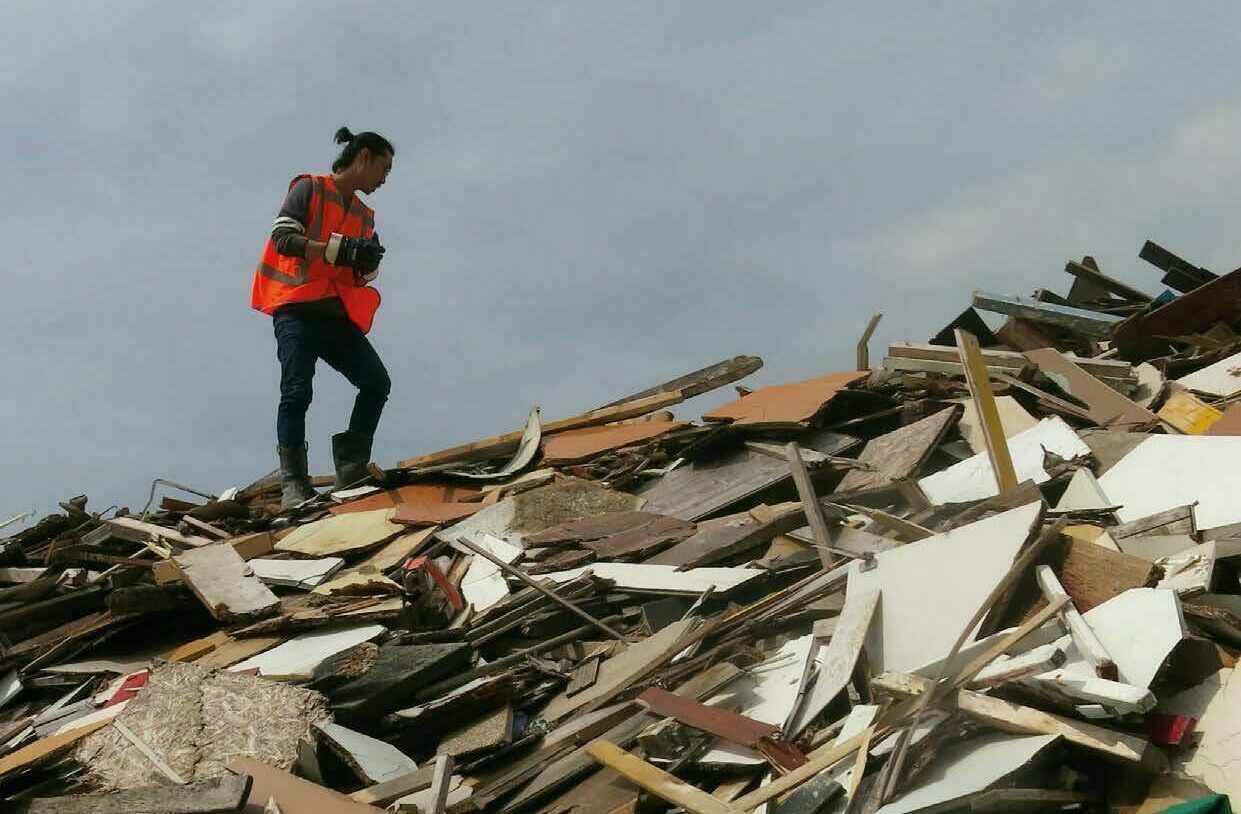In the academic year 2015-2016, the overall theme of the course at
A major challenge for interior architects in this era is to explore the potentials of a wide variety of spaces that could or should be embraced by users. Abandoned spaces, infrastructural spaces, neglected spaces and re-framable spaces can reveal potentials when they are studied by the designers that are most specialized in the user perspective of space. In that respect it is crucial for future designers to also develop new skills to reach their goals and to act beyond the drawing of architectural plans and presenting floorplans, sections and renderings. Skills like exploration, trying out on a one-to-one scale and initiating interventions and debates are part of the crucial skills of provoking spatial changes of the next generations of interior architects.
This year the potentials of a derelict bridge in the harbour of Rotterdam were explored as well as a landfill site in the New Town Almere that is ready to be given back to the inhabitants of the city for recreational use. Furthermore the possibilities of finding comfort in a carwash and how to live in the spectacular future project of The Dutch Windwheel were discovered. In all these spatial situations in change the dynamics of design lie in understanding the context. All explorations aim at finding the potentials, the ambitions and most of all the limitations of a context from which designers can shape the future spatial use and identity.
INSIDE Graduation projects 2015-16
The graduation part in this magazine shows a large variety of design challenges and approaches. Included in this magazine are proposals to respectfully update a Hutong area in Beijing and to reveal the hidden potentials in vacant buildings in The Hague using elements of the theatre.
Buildings are taken apart and stored in a dynamic way in Japan or taken out of the storage and re-used in a cooperative way in The Hague. Besides that the safety in an urban space just around the corner of the Royal Academy was investigated as well as the huge social problem around children in a Chinese village who are left behind with their grandparents because their parents move to the cities for work. One of the graduation students even explored the spatial needs of people who face death. These projects all show challenging opportunities for future interior architects.
This publication features the final projects of Master Interior Architecture (INSIDE) 2015-16 graduates: Camilla Casiccia, Elena Conrad, Hegiasri Hutaries, Helan Miao, Sisi Li, Heejung Kim, Yuiko Yokota.







